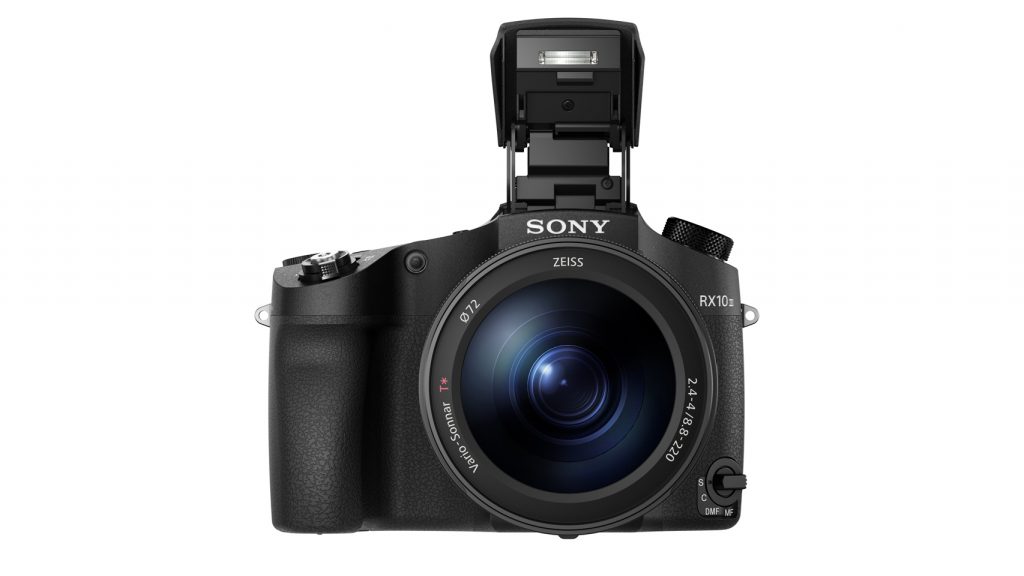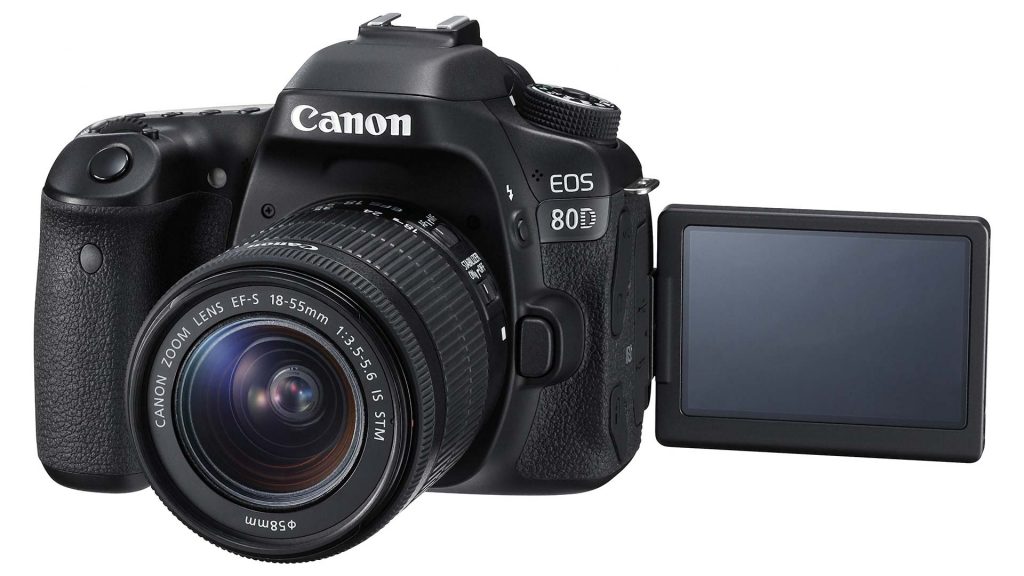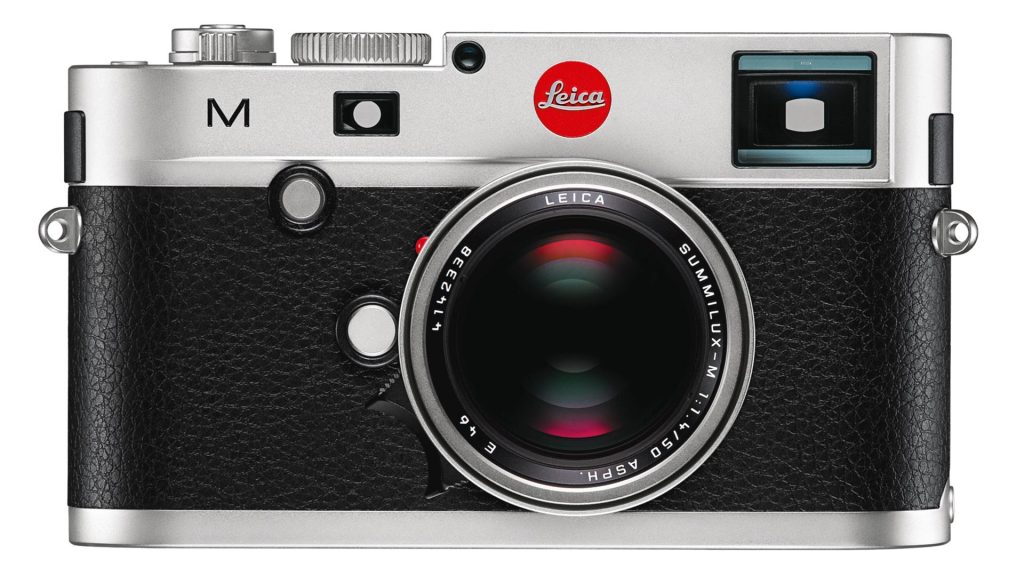What camera should you buy – smartphone, compact, mirrorless, DSLR, rangefinder or bridge? We help you choose the best camera for you.
There are lots of different types of digital camera available these days and there are models that are designed to suit beginners, intermediates and professionals so it’s important to understand the differences before you know what camera to buy. Lets take a look at the options and pros and cons of each.

What camera type is best for you: smartphones
A few years ago no serious photographer would dream of taking pictures with a phone, but the quality of the images they produce has come on enormously and there are even a few photographers who make a living shooting only on their phone.
Because they are very slim, most smartphones have to have small sensors and lenses, which limits their image quality in comparison with a decent dedicated camera.
In addition, there’s lots of compression applied to the images to enable thousands to be fitted on to the memory and this can also reduce the quality of the results.
In good light, however, they are capable of producing results that make very nice prints and look fine on Facebook, Twitter and Instagram etc.
Smartphone cameras are designed to be quick and easy to use, which means they usually lack much in the way of control, but there’s the odd notable exception like the Panasonic CM1.
Apart from their extreme portability and the fact that you always have one with you, the main attraction of using a smartphone to take photographs is that it’s easy to share shots because you’re always connected to a network of some sort. There’s also a multitude of apps that can be employed to make your shots look great.
Smartphones are a great option for taking quick snaps and shooting everyday events, applying fun effects and sharing the results on Facebook, Twitter and Instagram etc. However, light-levels don’t need to fall far before they start to struggle. But the as the saying goes, the best camera is the one you have with you.
Pros
- Always with you and easy to use
- Permanently connected
- Lots of apps available to tweak your shots
Cons
- Small sensor and a small, fixed focal length lens
- Limited control
- No viewfinder and it’s often hard to see the screen image in bright light
Check out
- Panasonic Lumix CM1
- Apple iPhone 6S
- Sony Xperia Z5 Compact

What camera type is best for you: compact cameras
Although you can still find a few basic ‘point-and-shoot’ compact cameras, that end of the camera market has been consumed by mobile phones so most camera manufacturers have turned their attention to more up-market models.
Traditionally a compact camera is smaller than a DSLR, but there are some beefy compacts around these days.
Unlike a DSLR or a mirrorless or compact system camera (CSC), a compact camera has a fixed rather than interchangeable lens, however that lens may have a fixed or variable (zoom) focal length. Some compacts, often called super-zooms or travel cameras have impressively wide zoom ranges making them a good choice for holidays when there’s a huge range of subjects to shoot.
While a few compact cameras like the Sony RX1 II (full-frame) and Fuji X70 (APS-C) have the same size sensors as is more typically found in a DSLR or CSC, the majority have smaller devices. Generally speaking, the larger the physical dimensions of a sensor the better for image quality.
One-inch type camera sensors are now becoming popular in small, high-end compacts such as the Panasonic TZ100/ZS100 and Sony RX100 IV.
Happily, viewfinders are making a comeback on compact cameras now and although many of them are small, in bright sunlight they are easier to use than the rear screen for composing images. Where there is a viewfinder it’s an electronic device rather than an optical one so you see the image formed on the sensor.
SEE MORE: Best DSLRs in the world in 2016
Compacts offer a step-up in image quality and flexibility on a phone and many are small enough to carry everywhere. They’re a great choice for holidays and days out or just documenting those everyday events. Those with sensors that are the same size as the chips in a DSLR or mirrorless camera make a great stand-in for a bigger camera.
Pros
- Usually small and light
- Most are easy to use
- Comparatively affordable
Cons
- Often have a small sensor
- Many lack a viewfinde
- Control can be limited
Check out
- Pro: Sony RX1R II
- Enthusiast: Fuji X70
- Consumer: Canon PowerShot G9 X

What camera type is best for you: bridge cameras
Bridge cameras are like a cross between a compact camera and a DSLR. They’re often shaped like a mini DSLR and have a similar level of control over exposure, but the sensor is usually smaller and the lens is fixed. Most bridge cameras have a lens with a huge zoom range which makes them very versatile, enabling you to shoot landscapes, portraits and distant details. They are a popular choice with people who want a more serious camera without the hassle of interchangeable lenses.
Bridge cameras range in size from small models that can slip into a handbag to those that are close to DSLR proportions.
Like most DSLRs, bridge cameras tend to have a decent sized grip which makes them more comfortable to hold and use than the average compact model. They also usually have more button and dial controls than lower-end compact cameras, which means they give quicker access to key features.
There’s also a viewfinder built-in. Unlike a DSLR, however, these are electronic devices which display the scene with the impact of the camera settings applied. So if the image is going to be underexposed or you’re shooting in black and white mode, you’ll see it before you take the shot.
SEE MORE: Best cameras for beginners in 2016
A wide-zoom bridge camera is a great option for family days out when you want the ability to shoot all sorts of different subjects and don’t want the bulk or inconvenience of a mirrorless camera or DSLR kit.
Pros
- Lens usually has a wide zoom range
- Comfortable DSLR-like shape
- Usually smaller and lighter than a DSLR
Cons
- Sensor is usually smaller than a DSLR’s so image quality isn’t quite as good
- Fixed lens so you can’t upgrade
- Less versatile than a DSLR or Mirrorless camera
Check out
- Pro: Sony Cyber-shot RX10 II
- Enthusiast: Canon PowerShot G3X
- Consumer: Canon PowerShot SX60 HS

What camera type is best for you: mirrorless cameras
If size is a key factor in what camera you want to buy, a mirrorless camera might be the best option for you. Also known as compact system cameras these cameras have a similar design to a compact camera but they can accept interchangeable lenses. They differ from a DSLR in that they on’t have a mirror to bounce light into an optical viewfinder, which means they and their lenses can be made smaller.
Some mirrorless cameras don’t have a viewfinder, but those that do have an electronic viewfinder which displays the image formed on the sensor – just like a bridge camera. The Fuji X-Pro 2 and X-Pro 1 are notable exceptions that have hybrid viewfinders that can be switched from electronic to optical.
Some mirrorless cameras have a DSLR-like shape with the viewfinder in the centre of the tip plate and a large grip while others are more rectangular in shape, like a compact or rangefinder camera.
One problem with mirrorless cameras used to be that their autofocus system was slow and indecisive but this has improved a lot and many can now be used to shoot moving subjects – at least in good light.
Significantly, most mirrorless cameras have the same sized sensor as is used in DSLR to their image quality is as good.
Compact system or mirrorless cameras have come a long way in the last few years and they’re pretty good all-rounders. Their small size makes them a popular choice for a wide range of photography including travel, street and landscape. But although their focusing systems have improved a lot and it is possible to shoot sport with them, they are not usually the first choice of sports photographers.
Pros
- Smaller than a DSLR
- The viewfinder shows the impact of camera settings
- High image quality
Cons
- Autofocus not as fast as a DSLR’s in low light
- Some models don’t have a viewfinder
- Viewfinder image can be noisy in low light
Check out
- Pro: Sony A7RII
- Enthusiast: Fuji X-T1
- Consumer: Olympus OM-D E-M10 II

What camera type is best for you: Digital Single Lens Reflex or SLR cameras
Digital SLR cameras are built following the lines of a film SLR but a light-sensitive sensor takes the place of a piece of film. Images are composed in the optical viewfinder which shows the a natural view of the scene through the lens, there’s no digital interpretation and no settings are applied. Many people prefer this but there’s an increasingly number of people seeing the benefit of electronic viewfinders like the ones in a mirrorless camera.
A key benefit often attributed to an optical viewfinder is that there’s no delay in its image being displayed so it’s easy to follow a moving subject. Older electronic viewfinders (EVF) suffered from lag which made it hard to follow a moving subject because you had to guess where it was. This is much less of a problem with modern EVFs.
DSLRs also have a dedicated autofocus sensor which uses phase detection focusing. This type of system is faster than the contrast detection focusing systems used by many mirrorless cameras. However, the gap is closing all the time and some mirrorless system cameras have hybrid focusing that combines phase and contrast detection.
DSLR cameras are still the camera of choice for most professional and enthusiast photographers. They’re a particularly good choice when shooting subjects like sport or music concert when speed of autofocusing is important.
Pros
- Fast autofocusing
- High image quality
- Lots of compatible lenses and accessories
Cons
- Bulky
- Clear viewfinder but it can’t show the impact of camera settings
- Mirror movements can be noisy
Check out
- Pro: Canon EOS-1DX Mark II
- Enthusiast: Canon 80D
- Consumer: Nikon D3300

What camera type is best for you: rangefinder cameras
What camera do the professionals use? For many years it was the rangefinder. But true rangefinder cameras are far less common than they used to be. Many people refer to Fuji’s X-Pro 2 and X-Pro 1 as rangefinders, but they are actually mirrorless or compact system cameras. Leica’s M-series such as the Leica M-D and Leica M (Typ 260), however, are rangefinders.
The name comes from the type of focusing system that’s used – a dual-image rangefinder mechanism. The subject is in focus when the two images in the viewfinder completely overly eachother. Focus is adjusted manually and it takes practise.
The beauty of the rangefinder design it that the cameras and lenses are small and unobtrusive, plus they are quiet to use.
Rangefinders and quiet and discrete which means there’s a history of them being used for street and documentary photography.
Pros
- Small in comparison to DSLRs
- High image quality
- Usually simple
Cons
- Manual focus only
- Focusing takes practice
- Expensive (Leica)
Check out
- Leica M (type 260)


